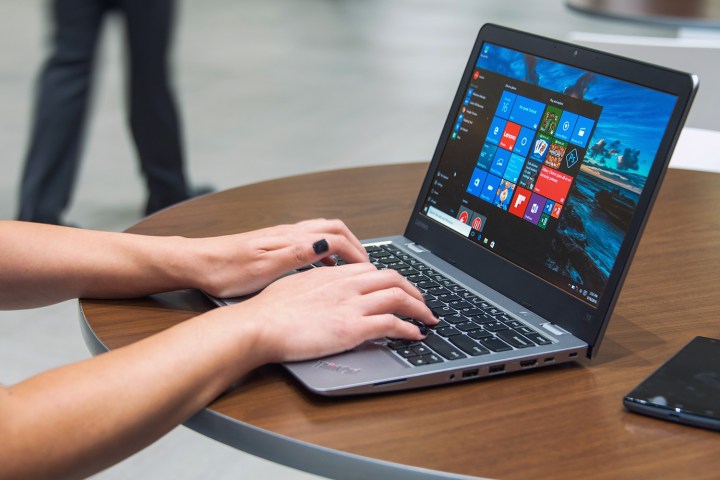
The announcement was made by corporate vice president of Microsoft’s Windows and Devices Group Yusuf Mahdi, who indicated in a blog that Windows 10 Anniversary Edition will already be installed on the new Xbox One S console landing on store shelves this summer with a starting price of $299. A 2TB limited edition version will be released in August for $399.
According to Mahdi, the update focuses on six key areas of “innovation and improvements” spanning security, Cortana, Microsoft Edge, Windows Ink, gaming, and the classroom. For the latter, Anniversary Update simplifies the deployment process of Windows 10 devices in schools with a dedicated app. There’s an updated Windows Imaging and Configuration Designer tool, too for setting up shared devices in bulk.
“We’d like to say a special thank you to each of you who have upgraded to Windows 10. With over 350 million devices now running Windows 10, customer satisfaction is higher than any previous version of Windows and customer engagement is also incredible with more than 135 billion hours of use on Windows 10 since launch.” Mahdi said. “We’re pleased that so many of you are being more productive and having more fun with Windows 10. Your feedback has been a key input into the design of the Anniversary Update.”
The Anniversary Update release date originally surfaced on Tuesday in post that was published to the Microsoft News Center containing nothing but the headline “Microsoft announces Windows 10 Anniversary Update available Aug. 2. According to a report from Windows Supersite, the incomplete press release was swiftly removed from the site shortly afterwards.
There are several pieces of information that might explain why Microsoft would prefer to launch the update on August 2 as opposed to July 29. For one, August 2 falls on a Tuesday, whereas July 29 falls on a Friday. It wouldn’t be particularly convenient to drop a major update just ahead of the weekend, and Microsoft has already demonstrated its fondness of Tuesdays by distributing routine updates and patches on that particular day of the week.
It’s also interesting to note that the offer of a free upgrade to Windows 10 is still scheduled to end on July 29. Conventional wisdom would perhaps dictate that Microsoft would want to take advantage of the buzz around a major update to entice any holdouts to make the jump — but the strategy of ending the promotion just ahead of the first major update to the operating system also has its advantages, as it might encourage users to upgrade for fear they’d miss out on the big update.
Regardless, now that we know when the update is hitting Windows 10, we might learn more about additional cool features Anniversary Update could bring over next month that Microsoft still has yet to reveal.
Updated 6/29/2016: Microsoft confirmed the August 2nd release date.
Editors' Recommendations
- Windows 11 might nag you about AI requirements soon
- Windows 11 tips and tricks: 8 hidden settings you need to try
- Windows 11 vs. Windows 10: finally time to upgrade?
- Microsoft may fix the most frustrating thing about Windows updates
- Windows 11 will use AI to automatically upscale games


